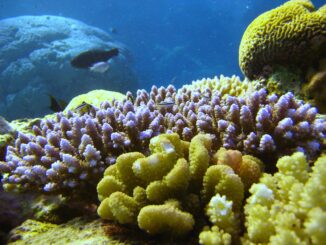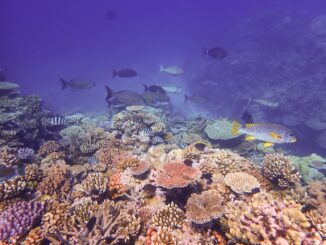
Home to unique wildlife, a massive desert, lush tropical forests, and the world’s largest coral reef system, Australia’s environment is faring better than many expected according to a new report.
Still, that’s no excuse for complacency, experts are warning.
In its latest Australia’s Environment Report, the Australian National University and partners have declared that Australia’s natural credentials “improved slightly in 2024” despite the past destruction wrought by wildfires on Australia’s national parks.
On a one to ten scale, academics ranked Australia’s environmental conditions at 7.7 for all of 2024. The country’s environmental status invited miserable rankings between 0.4 and 2.0 back in 2019 and 2020 in the wake of massive bushfire disasters.
Last year, things were looking up, said ANU Professor Albert Van Dijk.
“Environmental conditions improved from 2023 to 2024 for most states and territories, except South Australia, Victoria, and Tasmania,” he said in an overview.
Some states fared better than others.
Van Dijk said South Australia experienced its driest year since 2000 as a prolonged and steep drought hit ecosystems hard there. At the other end of the spectrum, rainfall perked up in New South Wales and Northern Territory.
Meanwhile, Australia’s biodiversity continued to decline last year.
“Since 2000, the abundance of threatened birds, mammals, plants, and frogs has declined by an average of 58%,” said Tayla Lawrie of the Terrestrial Ecosystem Research Network (TERN) and one of the report’s co-authors.
And climate change continues to threaten ecosystems on the ancient continent, including at Australia’s national parks.
The report cites an incident last December when lightning ignited parched brush, sparking a devastating wildfire at Grampians National Park “which burned 76,000 hectares and lasted for weeks.”
Despite recorded improvements in environmental conditions, the report’s authors argue that Australia’s ecosystems and national parks still haven’t fully recovered from the devastation of the 2019-2020 wildlife season.
“The effects of the 2019-20 bushfires continue to be seen, with 51% of newly listed and uplisted species having been directly impacted by the fires,” they wrote.



